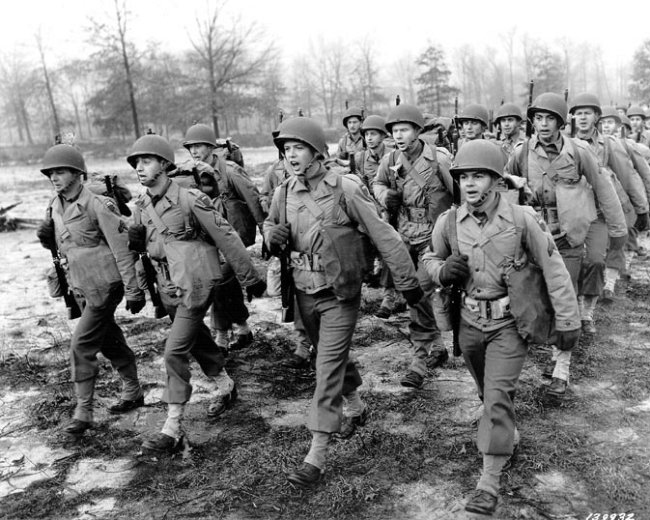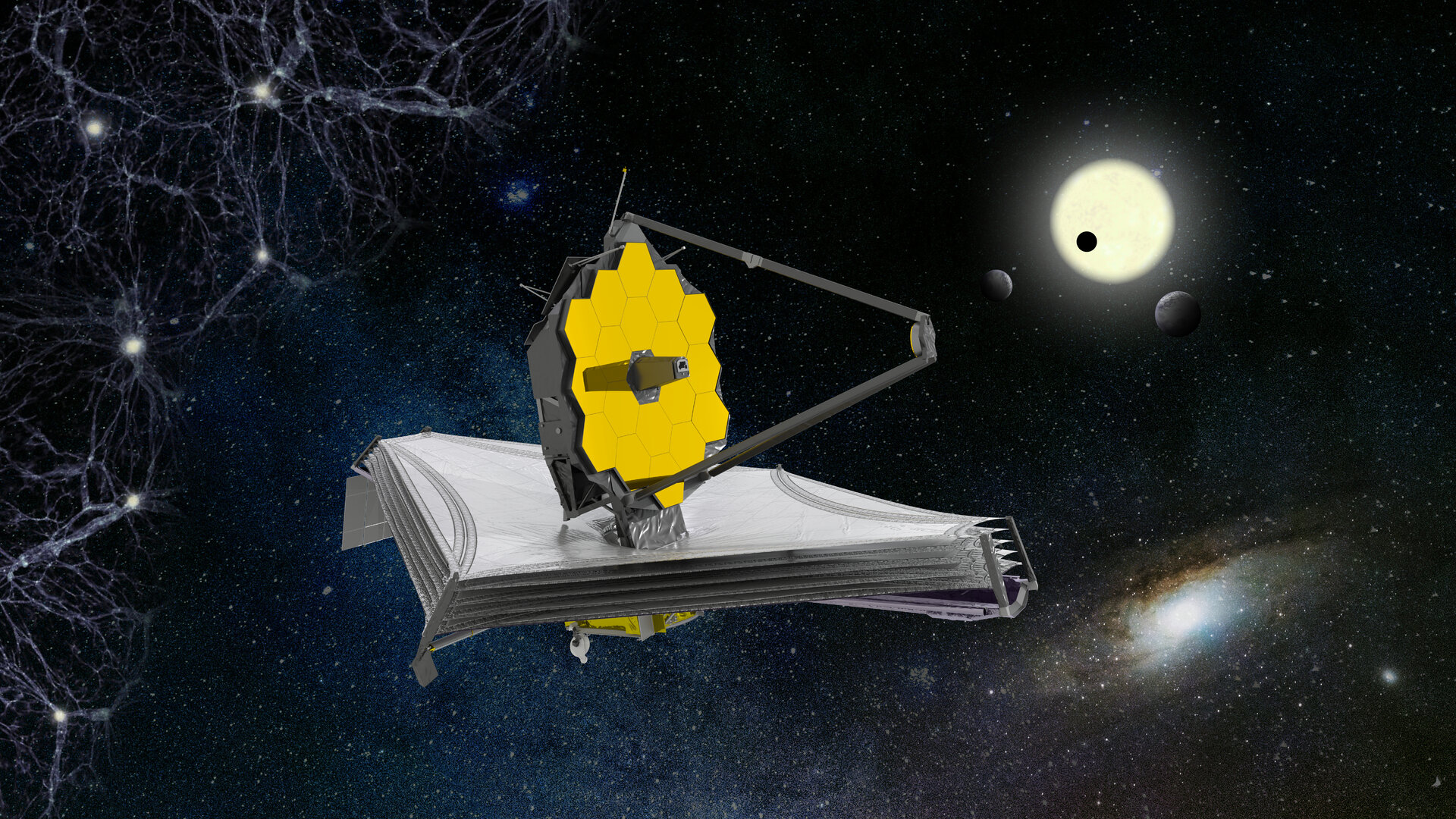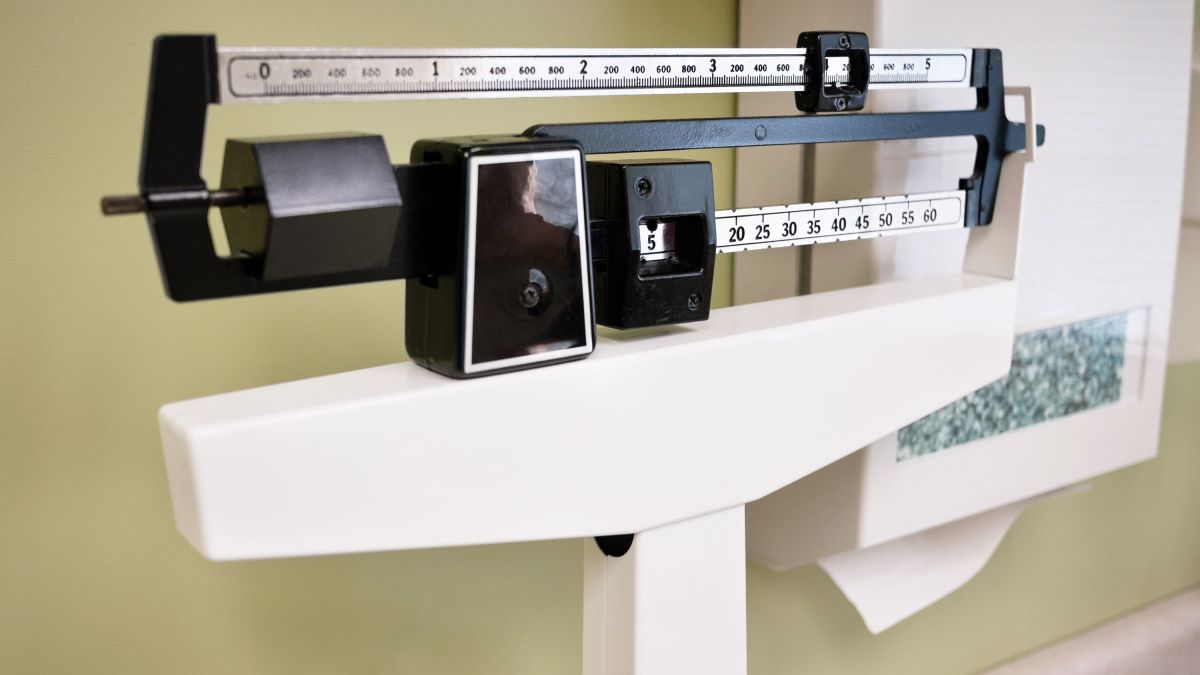
What’s the “right” weight? It’s a question that doctors and their patients have wrestled with for years, and it’s clear that the standards are changing as human diet, nutrition, activity level, and general health are changing. Humans during the 1400s, being subject to periodic famines, plagues, and disease that stunted their growth, and engaging in day-long physical labor to put modest amounts of food on the table, probably looked a lot different from modern Americans. Even in the last century, the standards have changed. Consider, for example, that the average G.I. in World War II was about 5′ 8″ and weighed about 150 pounds. These days, you don’t see many 150-pound men in the average American city.
So what’s the “right” weight now, in an era of relative food abundance and modern medical treatments for human disease, where many people work at sedentary desk jobs?
For years, the accepted method for determining health weight has been the body mass index. The BMI was simple: it took your weight in kilograms and divided it by your height in meters, squared. The target zone for a healthy you was a BMI between 18.5 and 24.9. Now there is a debate about whether the BMI is really an effective tool, because it doesn’t consider where human fat cells have accumulated. That’s important, because the location of fat cells matters to human health and is related to conditions like diabetes, heart disease, and some forms of cancer. Abdominal fat–that “stubborn belly fat” that clickbait articles claim you can melt away with some “weird trick” or special drink–is more unhealthy than fat that accumulates around the hips, and “visceral fat,” the abdominal fat that builds up around the internal organs, is especially harmful.
As a result, some researchers are urging that use of the BMI be replaced by a focus on the waist to hip ratio. The waist to hip ratio is easy to use, too–you apply a tape measure to your waistline and your hips, and determine the ratio between them. Lower waist to hip ratios mean lower abdominal fat accumulation. And a recent study found that the waist-to-hip ratio was a better predictor of early mortality than the BMI.
There’s no doubt that losing excess weight is helpful to overall health; your hips, knees, and ankles will thank you. But the distribution of weight also matters. We’ll probably never avoid the scale at the doctor’s office, but the predictive value of the waist-to-hip ratio may mean your doctor will be taking out a tape measure, too, at your next exam.























